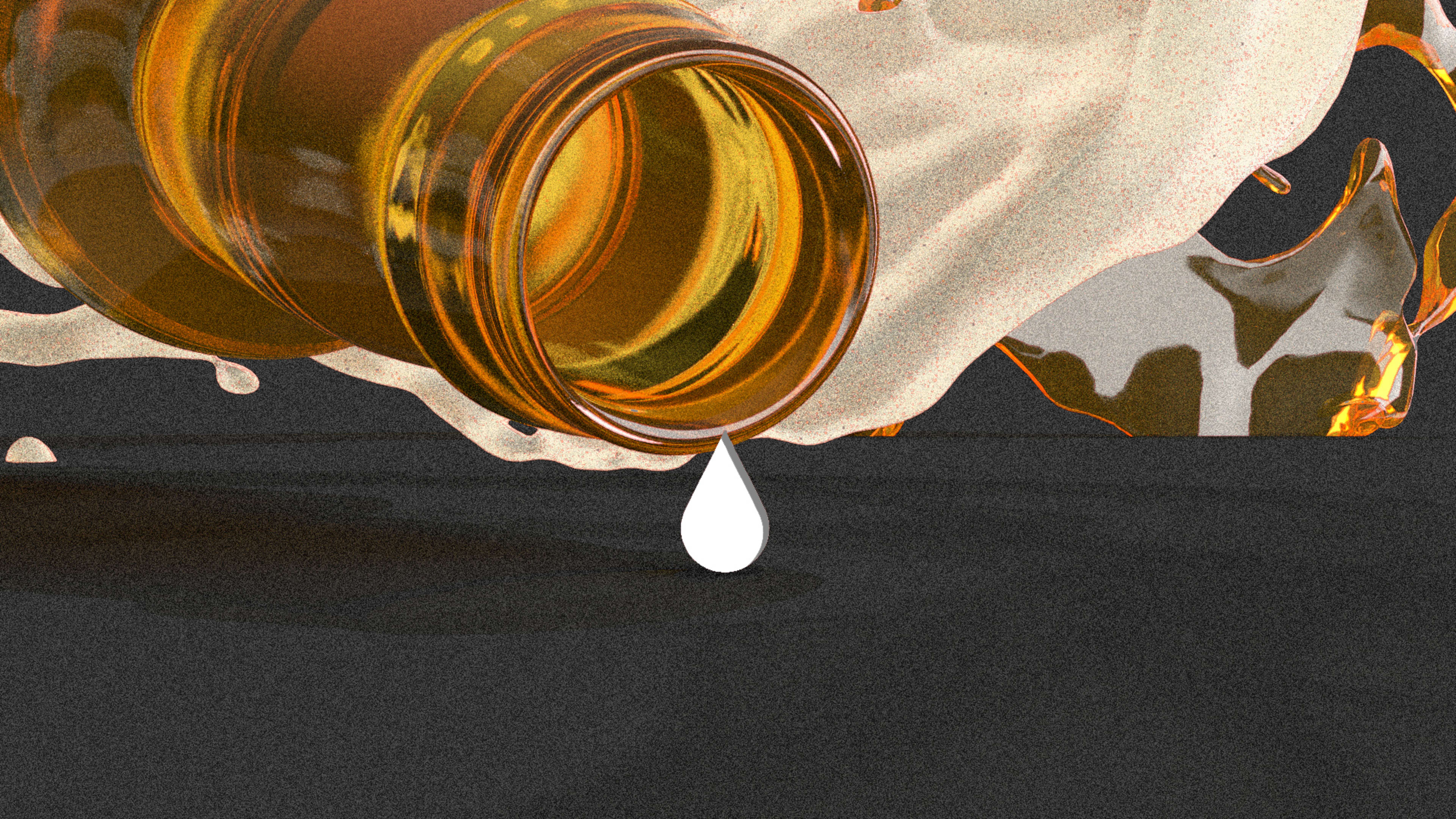You may soon be paying more for beer because of climate change. A new study looked at how extreme heat waves and droughts, driven by emissions, can decimate barley crops, the key ingredient in beer. Under the worst-case scenario in a year where there’s both extreme heat and extreme drought at the same time, global beer supply could drop by around 16%–roughly as much as the total beer consumption in the U.S, driving up the cost of every six-pack that’s left.
Of course, compared to some of the other impacts of climate change, from wildfires and flooding to the potential for sea level rise to make some small island nations completely uninhabitable, a lack of beer is fairly trivial. But it’s still worth talking about the risk, says Nathan Mueller, an assistant professor in the Department of Earth System Science at the University of California, Irvine, and one of the authors of the paper.
“There may be reasons to think that consumers in affluent countries, like the U.S., might actually be more concerned about doubling of the cost of luxury goods like beer in a given year in extreme events than in incremental changes in their average food prices,” he says. “For that reason, it’s really quite important to understand the impact of climate change on all sorts of culturally significant foods and beverages.”
Under the worst-case scenario for climate change, the shortages in an extreme year could drive up the price of a six-pack in Ireland 193%, or around $20 more than normal. “It does really manifest in some of the most beer-loving countries of the world, including Ireland and Belgium,” he says. In the U.S., the price of a six-pack might go up roughly $8.
Other food is also at risk of declining yields because of climate change, from staple crops like wheat and corn to the cocoa used to make chocolate. Coffee, which needs to grow in specific temperatures–and which is especially sensitive to pests that can increase as the climate changes–is another likely victim. Dairy cows, which are also sensitive to heat, could produce less milk. Higher levels of CO2 could leave plants with lower levels of protein and vitamins. Wine could lose flavor.
For many crops, researchers and farmers are experimenting with new varieties that can better tolerate heat and water stress. It’s possible that some farmers might turn to greenhouses; researchers in Sweden have tested growing barley under LED lights. But that process, at least for now, is expensive for this type of crop. And while it might help barley with slower changes over time, it’s less likely to help with the type of events that the researchers modeled–seasons where crops are pummeled both by “100-year” heat waves and a lack of water simultaneously. “These sort of extreme events are very difficult to deal with,” Mueller says.
Recognize your brand’s excellence by applying to this year’s Brands That Matter Awards before the early-rate deadline, May 3.
